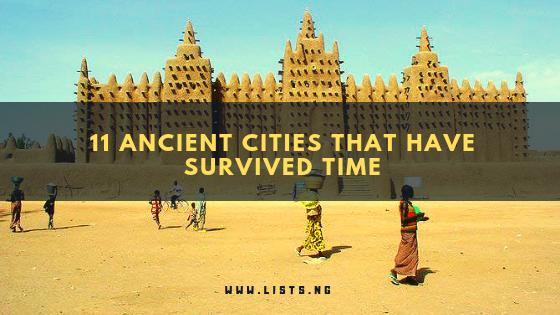Ancient cities and civilizations have come and gone, but their relics have managed to stand the test of time and evolution. These magnificent ancient cities are evidence of man’s imagination and enterprise even without modern technology or machines.
These ancient cities were once thriving empires, and while they might have lost their glory, they still stand, and have become heritage sites and tourist centers.
See some of them below.
1. Rome, Italy

Rome, Italy’s capital, is a cosmopolitan city with nearly 3,000 years of globally influential art, architecture and culture on display. The power and greatness of the former Roman Empire is highlighted by ancient ruins such as the Forum and the nearly Colosseum built nearly 2000 years ago. The ancient city is also home to the Vatican City, headquarters of the Roman Catholic Church, St. Peter’s Basilica and the Vatican Museums, which house masterpieces such as Michelangelo’s Sistine Chapel frescoes.
2. Athens, Greece
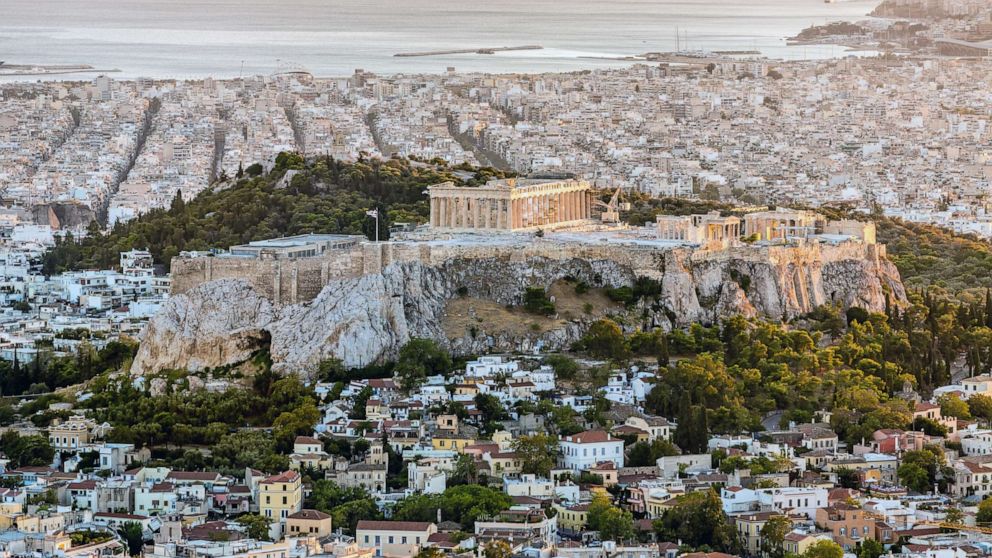
Athens was at the heart of Ancient Greece, a powerful civilization and empire. Now the capital of modern day Greece, the city is still dominated by 5th-century BC landmarks, including the Acropolis, a hilltop citadel topped with ancient buildings like the colonnaded Parthenon temple. The Acropolis Museum, along with the National Archaeological Museum, preserves sculptures, vases, jewelry and more from Ancient Greece.
3. Cairo, Egypt
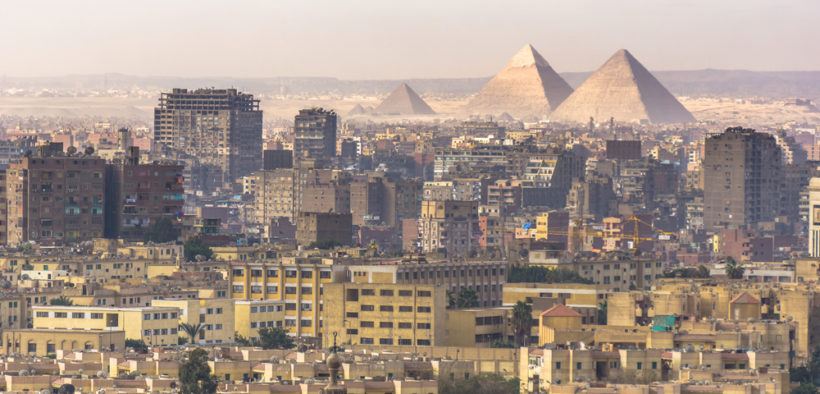
Cairo is one of the world’s most renowned and visited ancient cities. The sprawling Egyptian capital, is set on the Nile River, and is proxy to Giza, the site of the iconic pyramids and Great Sphinx, dating to the 26th century BC. At the heart of the city is Tahrir Square and the vast Egyptian Museum, a trove of antiquities including royal mummies and gilded King Tutankhamun artifacts.
4. Bagan, Myanmar

Bagan is an ancient city and a UNESCO World Heritage Site located in the Mandalay Region of Myanmar. From the 9th to 13th centuries, the city was the capital of the Pagan Kingdom, the first kingdom that unified the regions that would later constitute modern Myanmar. For a long time the city was hidden from international view by Myanmar’s military government until political reforms began opening the country.
5. Persepolis, Iran

Persepolis was founded in 518 BC by Darius I as the ceremonial capital of ancient Persia’s Achaemenid Empire. It is situated 60 km northeast of the city of Shiraz in Fars Province, Iran. Its most remarkable feature is an immense terrace of 125,000 square feet, partially carved out of mount Kuh-e Rahmat (the Mountain of Mercy). The city exemplifies the Achaemenid style of architecture.
6. Great Zimbabwe, Zimbabwe
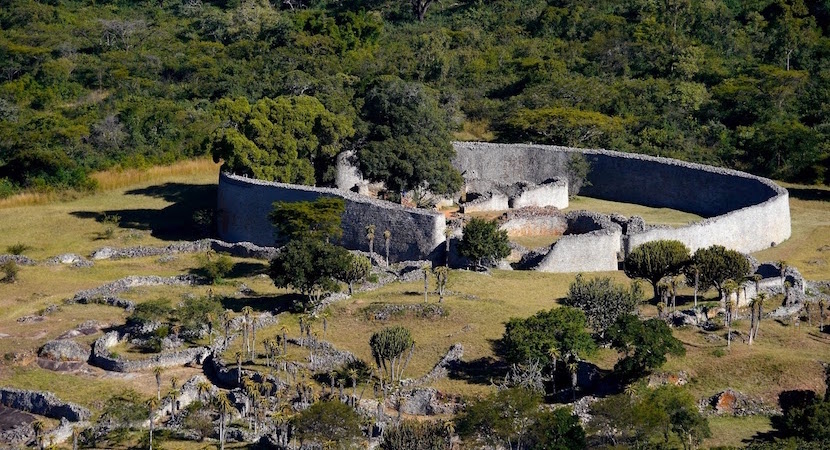
Great Zimbabwe is a ruined city in the south-eastern hills of Zimbabwe near Lake Mutirikwe and the town of Masvingo. It was the capital of the Kingdom of Zimbabwe during the country’s Late Iron Age. Construction on the city began in the 11th century and continued until it was abandoned in the 15th century. Overpopulation, deforesting and colonialism lead to its collapse. Great Zimbabwe remains a monumental reminder of Africa’s achievements before colonialism.
7. Timbuktu, Mali
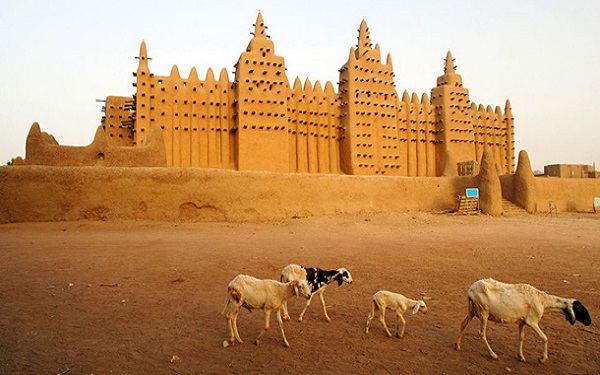
Timbuktu is an ancient city in Mali, situated 20 km north of the Niger River. The town is the capital of the Timbuktu Region, one of the eight administrative regions of Mali. Timbuktu was one of the world’s most important centres of learning before influx of the french colonialists. The earthen architecture of the once flourishing city requires continuous maintenance and caretakers today make use of the same techniques used by the original builders to preserve them
8. Kyoto, Japan

Kyoto, once the capital of Japan for more than 100 years, is a city on the island of Honshu. It’s famous for its numerous classical Buddhist temples, as well as gardens, imperial palaces, Shinto shrines and traditional wooden houses. It’s also known for formal traditions such as kaiseki dining, consisting of multiple courses of precise dishes, and geisha, female entertainers often found in the Gion district.
9. Beijing, China
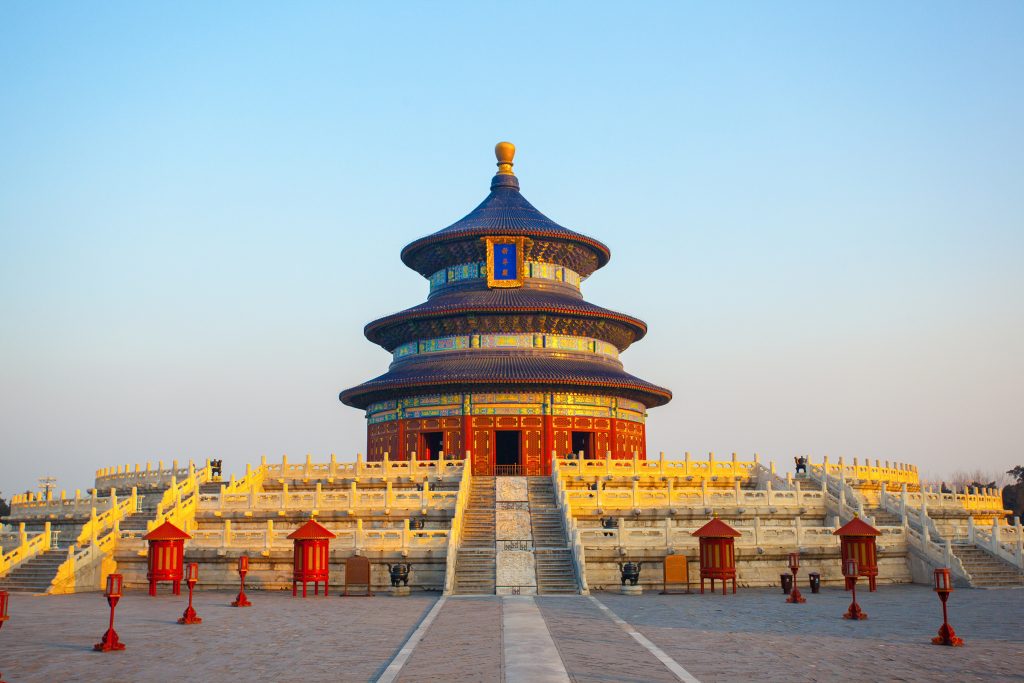
Beijing is an ancient city with a history that stretches more than 3000 years. The city is known for its modern architecture as well its ancient sites such as the grand Forbidden City complex, the imperial palace during the Ming and Qing dynasties. Nearby, the massive Tiananmen Square pedestrian plaza is the site of Mao Zedong’s mausoleum and the National Museum of China, displaying a vast collection of cultural relics.
10. Petra, Jordan

Petra is a famous archaeological site in Jordan’s southwestern desert. Dating to around 300 B.C., it was the capital of the Nabatean Kingdom. Accessed via a narrow canyon called Al Siq, and no cars are allowed into the ancient city, visitors who do not want to walk will have to hire Camels, Donkeys or carriage. The city contains tombs and temples carved into pink sandstone cliffs, earning its nickname, the “Rose City.” Perhaps its most famous structure is 45m-high Al Khazneh, a temple with an ornate, Greek-style facade, and known as The Treasury.
11. Istanbul, Turkey
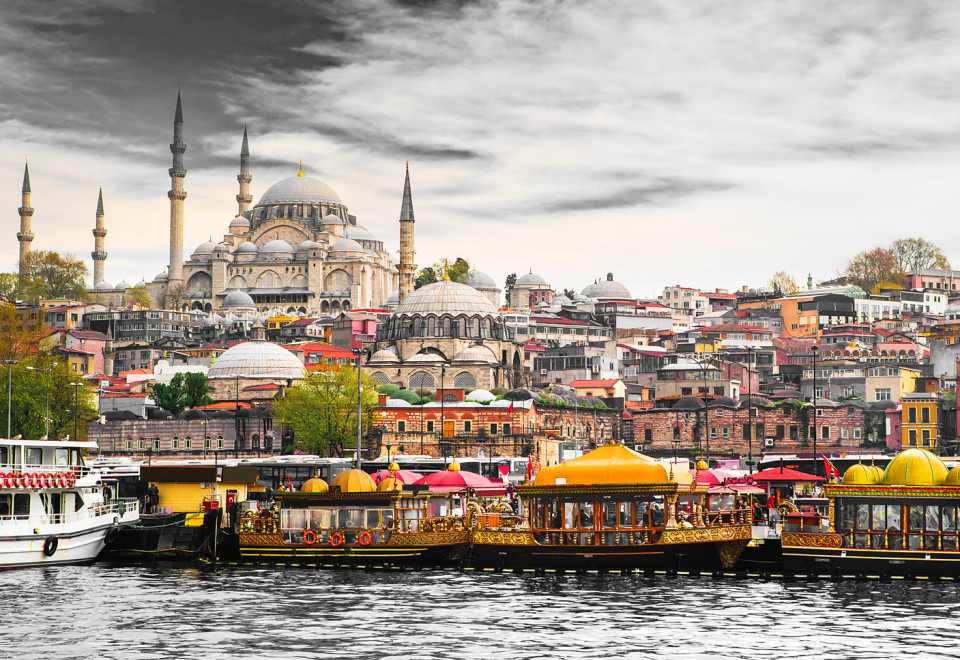
Istanbul is a major city in Turkey that straddles Europe and Asia across the Bosphorus Strait. Its Old City reflects cultural influences of the many empires that once ruled here. In the Sultanahmet district, the open-air, Roman-era Hippodrome was for centuries the site of chariot races, and Egyptian obelisks also remain. The iconic Byzantine Hagia Sophia features a soaring 6th-century dome and rare Christian mosaics.

